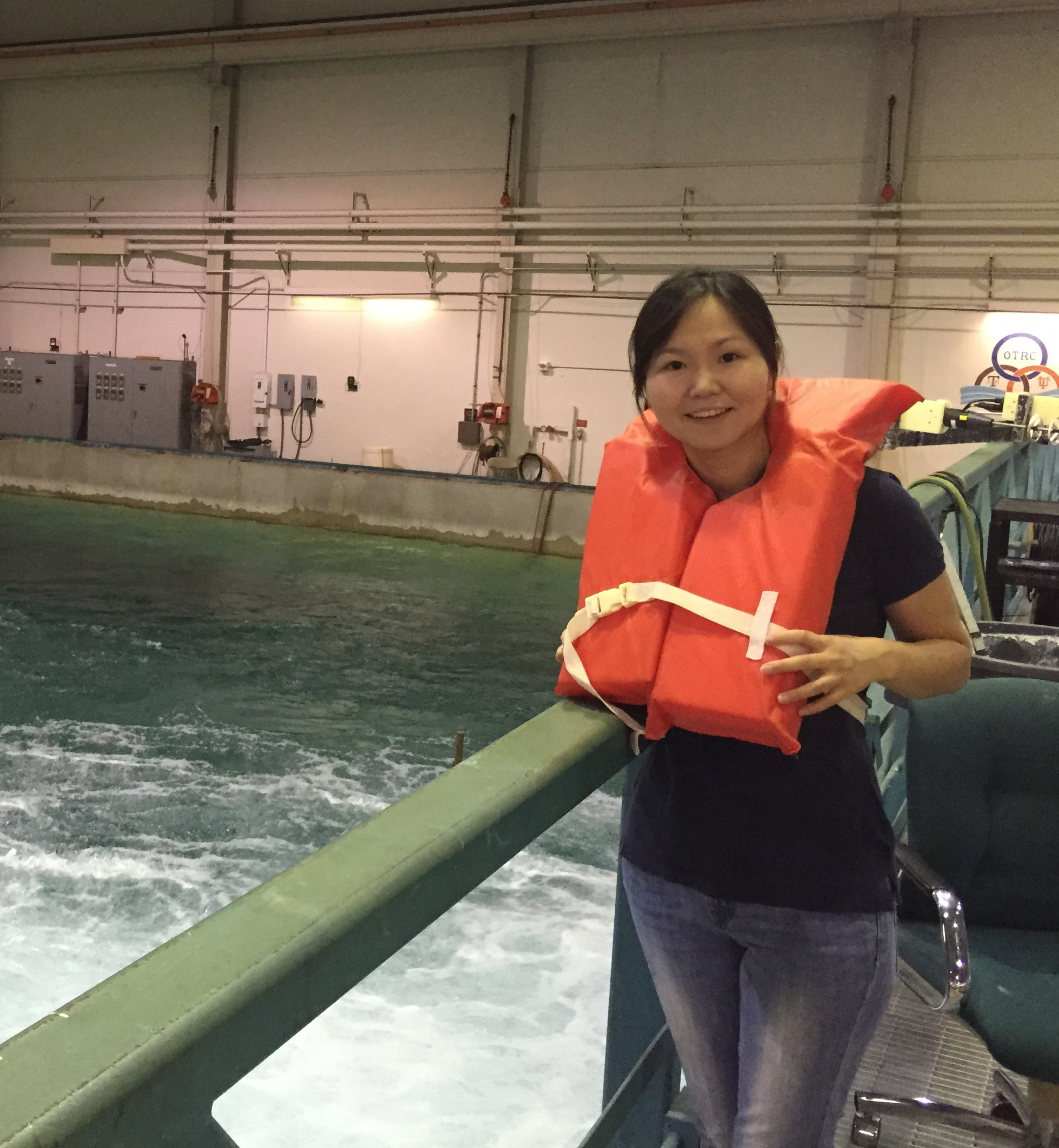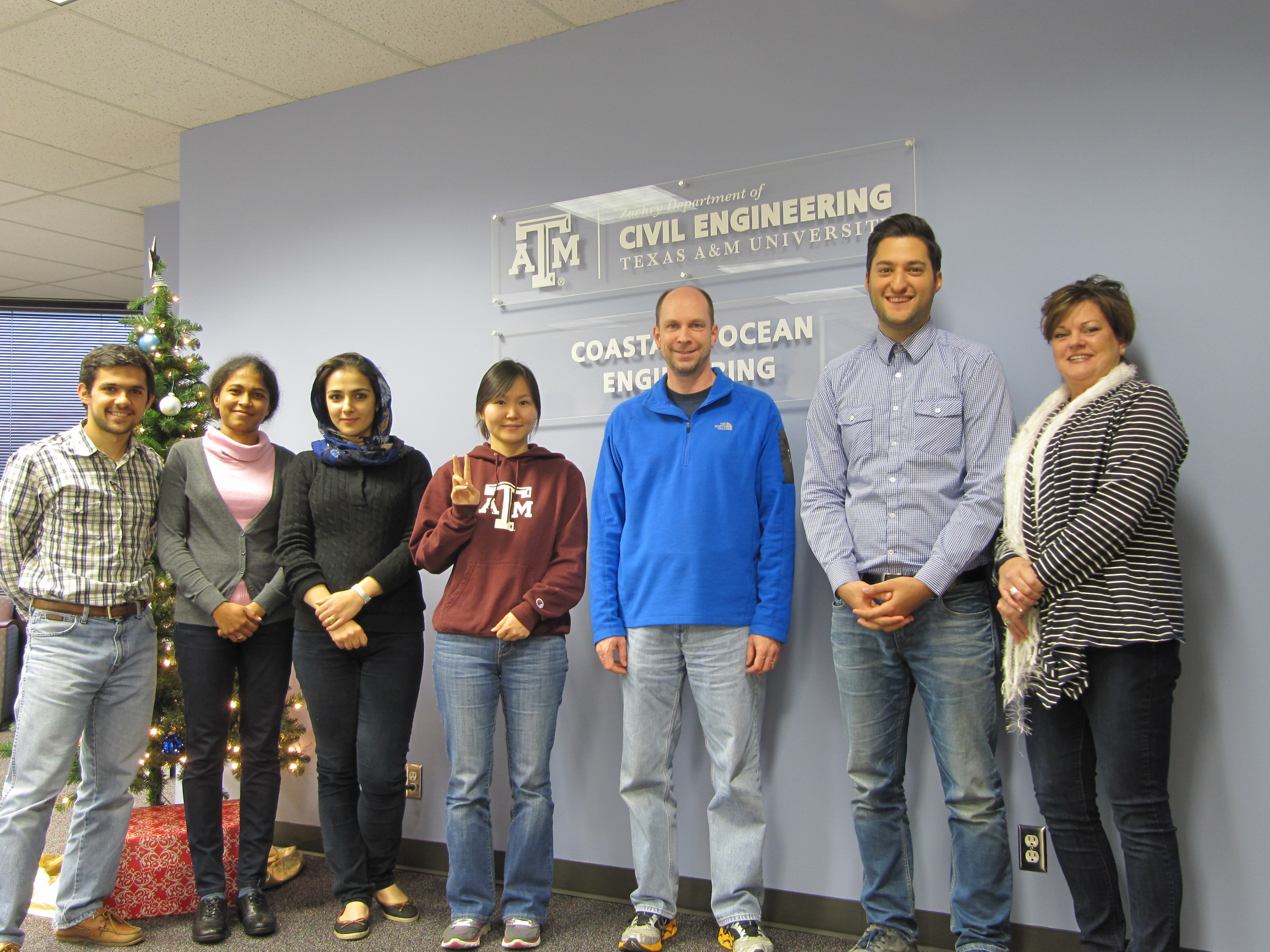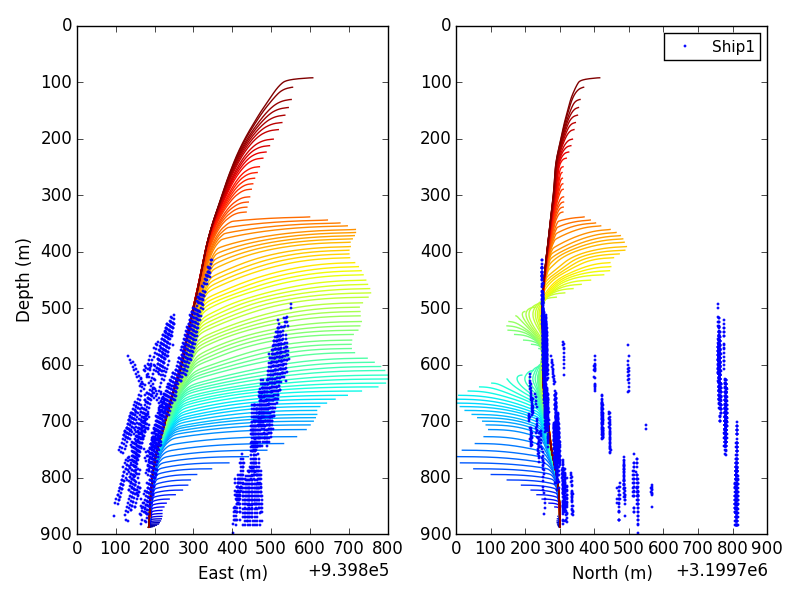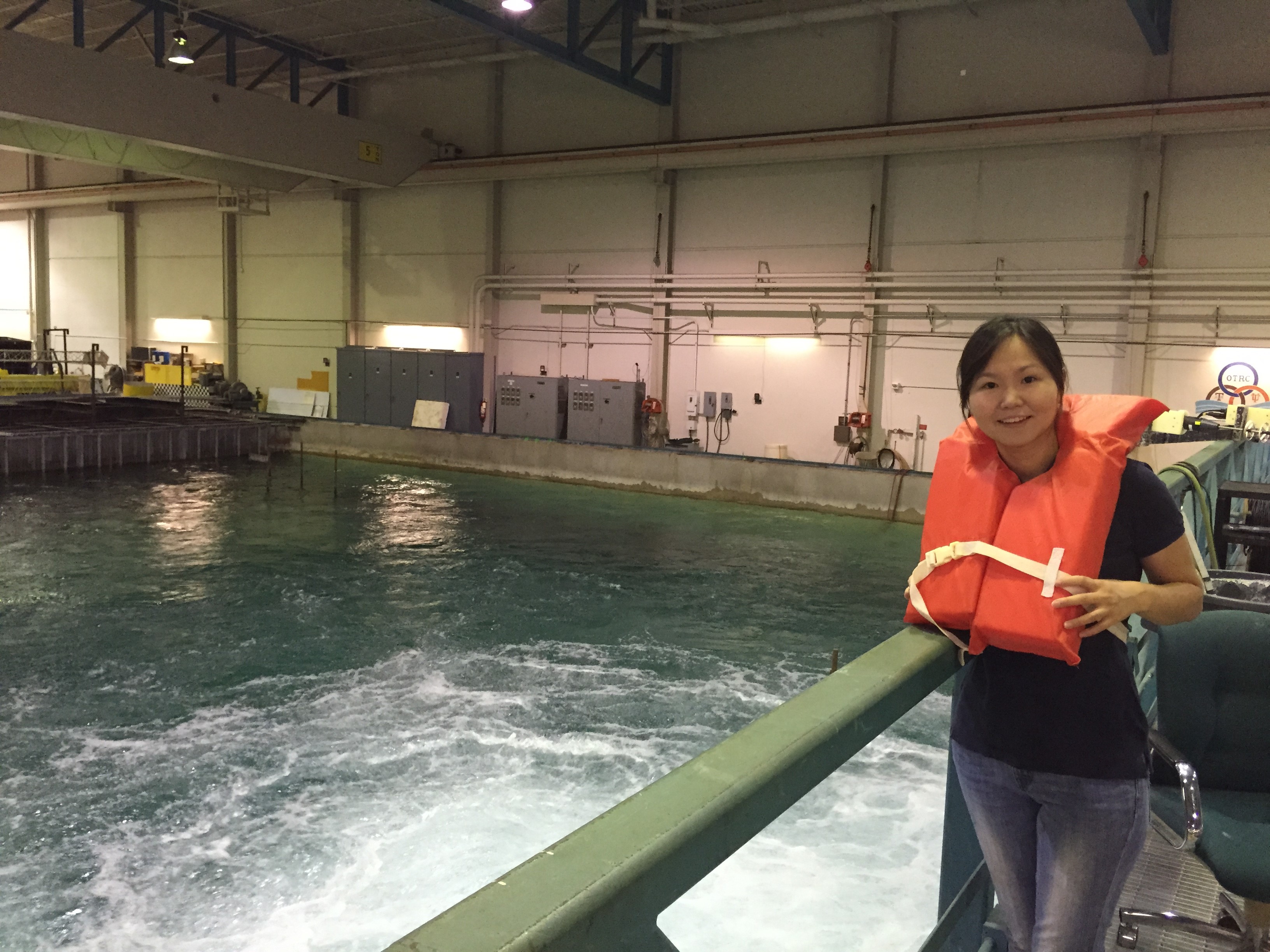
Inok Jun, C-IMAGE Student of the Month, December 2015

We may never know precisely how oil spilled from the Deepwater Horizon well on April 20th, 2010, but C-IMAGE modelers are working hard to understand the intricacies of oil blowouts. Inok Jun is a PhD student at Texas A&M University studying with Dr. Scott Scolofsky and working to understand how deeper depths, the addition of dispersants, cross flow currents, and type of oil affect the fate of oil within an ocean.
We asked Inok several questions about her research, past studies, and inspiration to become an oil researcher as part of the C-IMAGE Student of the Month-December 2015.
What is your research focused on, how will your results contribute to improve understanding of oil spills?
My research topic mainly focuses on understanding and predicting the behavior of petroleum fluids in the ocean using the numerical simulation. The transport and fate of petroleum fluids released in the ocean depend on their rise velocity and dissolution rate. Especially in the deep ocean, physical and chemical parameters of bubbles are potentially affected by the formation of clathrate hydrates, yielding unknown mass transfer effects. In my recent study, I have tried to understand the effect of hydrate on fluid particles in the ocean to predict the oil spills more accurately.
What initially interested you in developing models of oil spills at Texas A&M?
In 2007, a huge oil spill accident was happened near the western coast of Taean in South Korea. The collision resulted in the leakage of approximately 10,800 tons of crude oil into the sea, and the oil spill put a huge negative impact on marine ecosystem. It is considered as the worst oil spill accident ever happened to South Korea and also it is my first experience of oil spill in my life.
At that time, the misprediction of transport of oil made the situation worse, and it provided me a chance to be interested in predicting and preventing the diffusion of water pollution in advance. I reviewed oil spill problems and researched on the model for oil spill for my final undergraduate thesis. With this my research background, I could start to work for developing numerical models with Dr. Socolofsky since my second semester of a Ph.D. program at Texas A&M University. I am so glad to get an opportunity to study in this project to simulate the transport of oil and gas in the ocean environment.

What research tasks are you completing today (or this week)?
The Gulf Integrated Spill Research (GISR) Consortium observed and measured the new field data for the natural hydrocarbon seeps in the northern Gulf of Mexico through the G07 and G08 cruise. Using their measurement, I am running the model to simulate the bubble rising through the water column. I am going to compare the simulation results with the field observation to validate the numerical models of oil and gas dissolution in the ocean environment.

What path did you take to make it to where you are now? Bachelors degree, internship experience, working experience?
I received a master’s and bachelor’s degree with honors in Civil and Environmental Engineering at Seoul National University in South Korea. I joined Environmental Hydraulics Laboratory in my junior year. As an undergraduate research assistant, I was able to learn how to carry out researches and perform experiment with help of academic advisor and graduate students. Furthermore, during my master program, I could establish research experiences in the field of environmental hydraulics, especially focused on the pollutant mixing in rivers, lakes, and estuaries. I developed the sediment transport model and conducted various numerical simulations to predict the mixing characteristics of pollutants.
While studying in the graduate school in Korea, I was also engaged with a variety of projects. One of those projects was “Manzanillo LNG Terminal Dispersion Simulation” funded by Samsung Engineering Company. I was involved in the project as a researcher working on the investigation of various outfall structures and the examination of near-field mixing behavior with various conditions in order to minimize detrimental effects of the discharge from LNG terminal on the environment. This project led me to better manipulation of numerical simulation, and also I was able to broaden my view of coastal environment.
I think the academic and internship experiences allowed me to build solid knowledge and research skills on the environmental hydraulic engineering and confirmed me that my study can contribute to minimizing water contaminants’ negative impacts on the environment.



